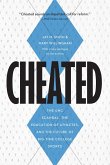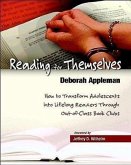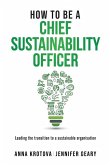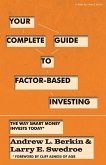This book is nothing short of fantastic. Leila Christenbury, coauthor of Writing on Demand When you search for ways to help reluctant readers, the often esoteric world of literary theory may not seem like a natural place to start. Yet in How Does It Mean? youll discover that the core ideas of literary theories translate into immediately useful strategies that spark students interest and encourage them to adopt a more active role in their own reading. How Does It Mean? takes literary theory out of the ivory tower, makes it useful and accessible, and places it squarely into your teaching repertoire. With reading strategies and instructional methods that draw on five well-known theoriesJungian/archetypal theory, objective theory, reader response theory, biographical theory, and thematic critical theoryLisa Schade Eckert shows you how to offer reluctant readers a pathway into texts through theory as you explicitly introduce them to reading and discussing literature. Eckert also gives you opportunities to differentiate instruction and to meet language arts standards using theory applications as well as to scaffold other popular strategies such as questioning the text, questioning the author, rereading, and connecting to prior knowledge. How Does It Mean? teases out opportunities to explicitly teach reading strategies, positions literary theory as a comprehension strategy for secondary English classrooms, balances content and knowledge by using flexible instructional methods, and models ways in which teachers can encourage critical reading. Best of all, it provides a new way to teach so that all students, especially reluctant ones, come to appreciate literary texts.
Hinweis: Dieser Artikel kann nur an eine deutsche Lieferadresse ausgeliefert werden.
Hinweis: Dieser Artikel kann nur an eine deutsche Lieferadresse ausgeliefert werden.








